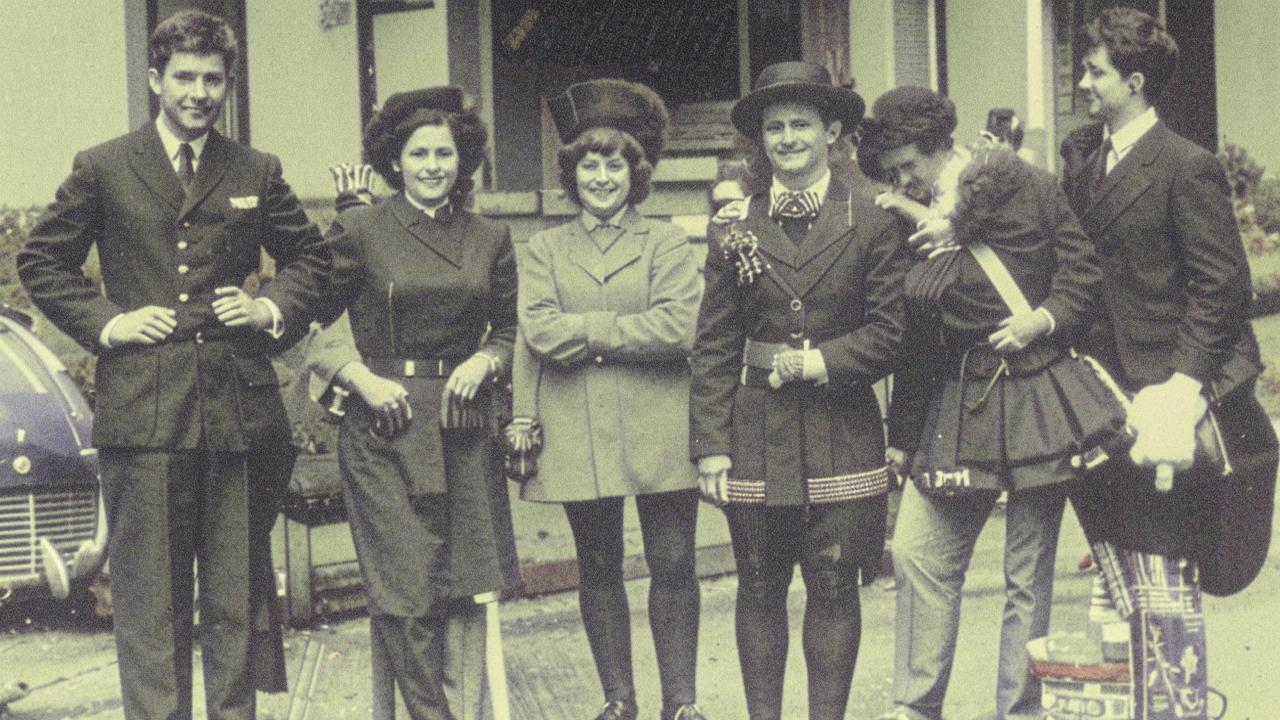
Expert na Sportmaster PRO
“Autumn is the perfect time of year for outdoor sports. The heat has already receded, snow is still a long way off, and the streets are especially beautiful. However, in order to get the most out of your workouts, you need to prepare for them in advance – taking into account the vagaries of the fall weather, possible frosts and probable rain. What things should you have in your closet to train outdoors in the fall?”.
Clothing for outdoor training, unless we’re talking about the warm summer months, should consist of several layers.
In the fall, their number is usually two or three, but it all depends on the air temperature. Here it is important to be guided by your own sensations: if you overdo it with layers and dress too warmly, your body will quickly start to sweat. In addition to discomfort during training, this can lead to colds and hypothermia.
Runners in their running uniforms may even feel chilly before they start training. This is normal.
Let’s break down exactly what these layers are supposed to be.
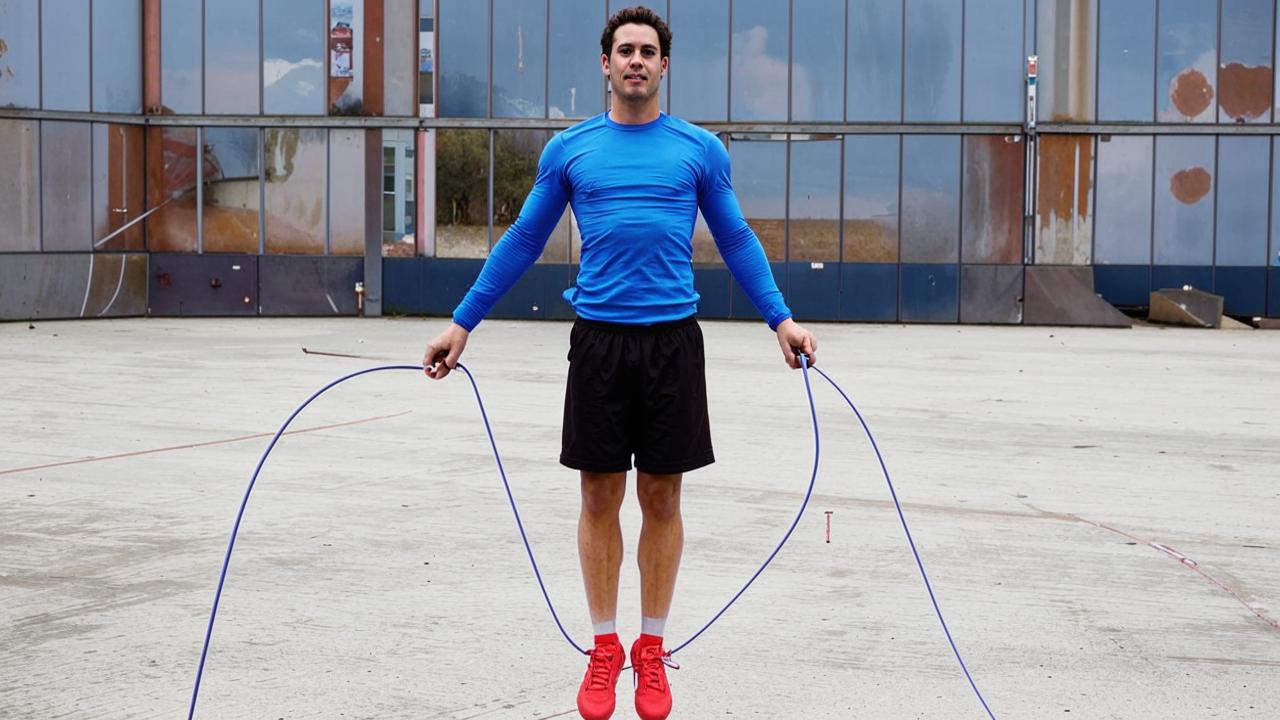
The bottom layer
If it’s still warm enough outside, you can use an ordinary sports kit as a bottom layer: pants or tights and a T-shirt or longsleeve made of synthetic materials.
To be sure that such clothes are suitable for your needs, pay attention to the technology that was used in its production.
- Dri-Fit helps to wick away moisture.
- Therma-Fit also wicks it away and maintains a comfortable temperature.
- Storm-Fit, among other things, keeps out water and wind.
Still, more often as a bottom layer buy thermal underwear – T-shirt or longsleeve and pants (length 2/3 or 1/2) of synthetic materials.
Usually choose versions of polyester, polypropylene and elastane with the addition of natural fibers. Such clothes dry well, perfectly removes moisture and helps to maintain a comfortable temperature.
An important point – to maximize the effect of thermal underwear, things should fit as tightly as possible to the body.
Underwear exclusively made of natural fabrics for sports is not suitable. They quickly absorb sweat and have poor evaporation, because of which the clothes remain wet and the athlete can overcool. This is especially dangerous in windy weather.
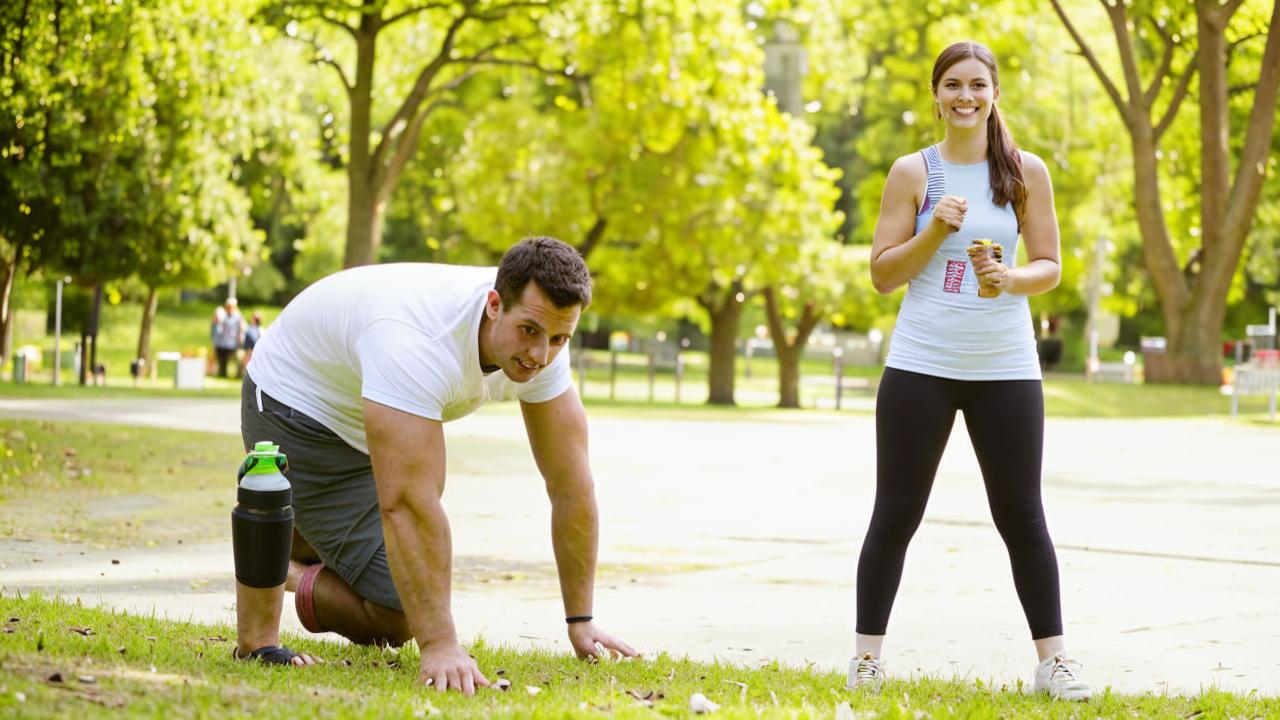
Special attention should be paid to underwear. If you put on a casual cotton underwear under a thermal kit, the athlete will be uncomfortable. These fabrics, as mentioned above, do not drain moisture well. Therefore, for sports you need to choose special sports underwear made of synthetic materials.
All this is also true for socks. The best for sports are special versions for running, made of synthetic fabrics.
The middle layer
This layer is optional. If the weather outside allows, you can train without it.
However, when the thermometer drops lower and lower, a fleece sweater will not be superfluous. And the colder it is outside, the denser it should be.
It is best if the middle layer is not too tight to the body and there is a small free space under it. This way the athlete will not have a feeling of stiffness.
Top layer
Here you should forget about your everyday down jacket with natural filling or windbreaker. Such clothes are heavier than special sports jackets, moreover, they do not have all the properties necessary for the athlete.
As an upper layer of clothing for street training, special sports windbreakers or thermal jackets with lightweight artificial fillings are suitable.
It is best to look at versions made of Softshell material. They will not let the athlete freeze or get wet, while being lightweight and wear-resistant.
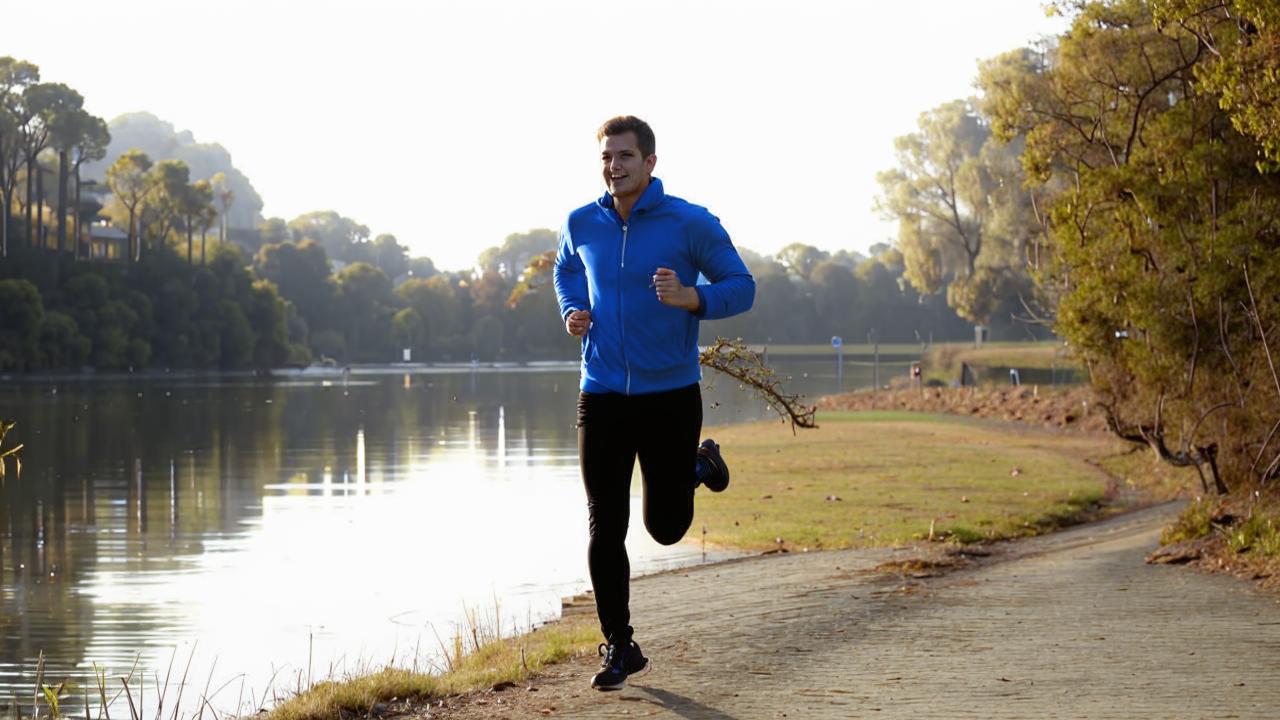
An alternative is membrane jackets. They are made of different materials, but they all share common properties: membrane due to its finely porous structure does not let moisture inside, but perfectly conducts air and water vapor. Due to this in such jackets will be warm, they are not afraid of rain, and they also have a good ability to drain moisture.
On jackets with membrane inserts there is always an indicator of moisture protection and vapor permeability. It looks like this: 5K/5K, 10K/10K, 20K/20K, etc.
The higher the first number, the better the jacket will show itself in bad weather (5K – for small rains, 20K – for heavy downpours). The higher the second number, the better it will perform at wicking away moisture.
For the beginning of fall and as a basic jacket you should consider 5K/5K, and for the first frosts and rains – 10K/10K.
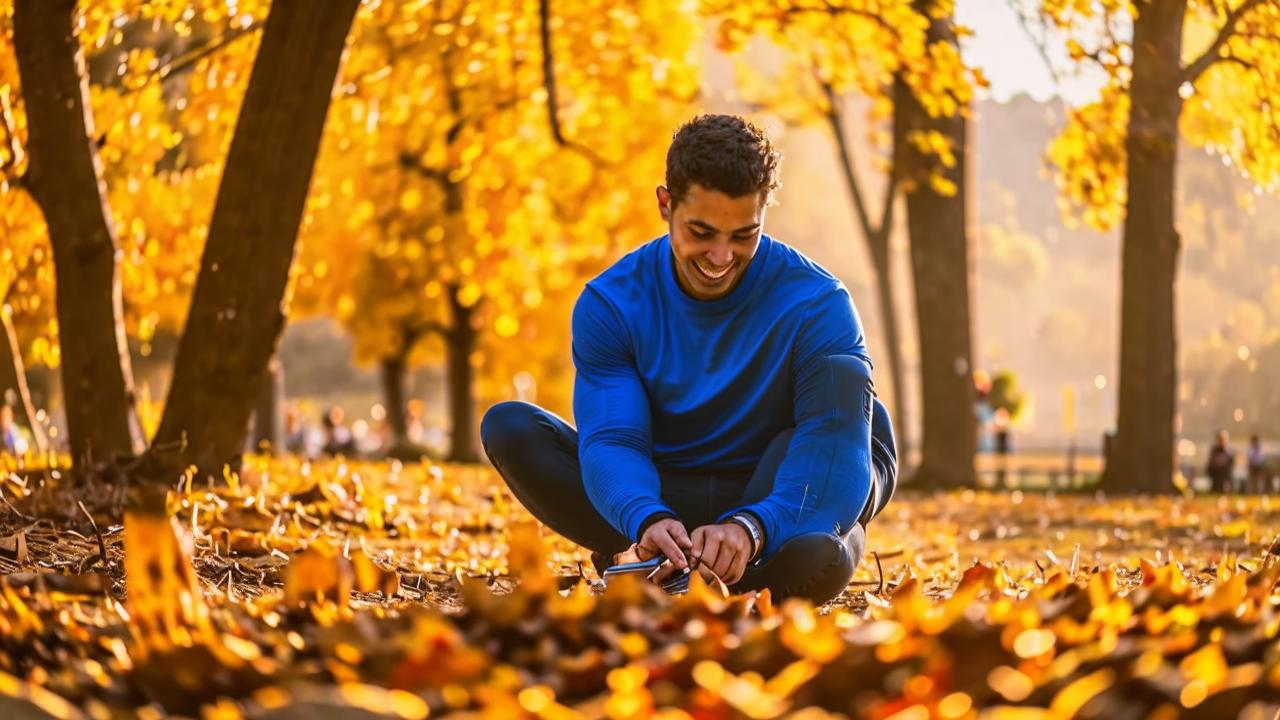
Footwear
The main rule – sneakers for fall sports on the street should be resistant to moisture. Therefore, it is better to give preference to models with a membrane, especially if you plan to run.
For other workouts, ordinary sneakers with moisture-protective impregnations applied to the surface are also suitable. To make them as effective as possible, you should apply such products at least 24 hours before training. Renew the impregnation once every one to two weeks. It depends on the intensity of your training.
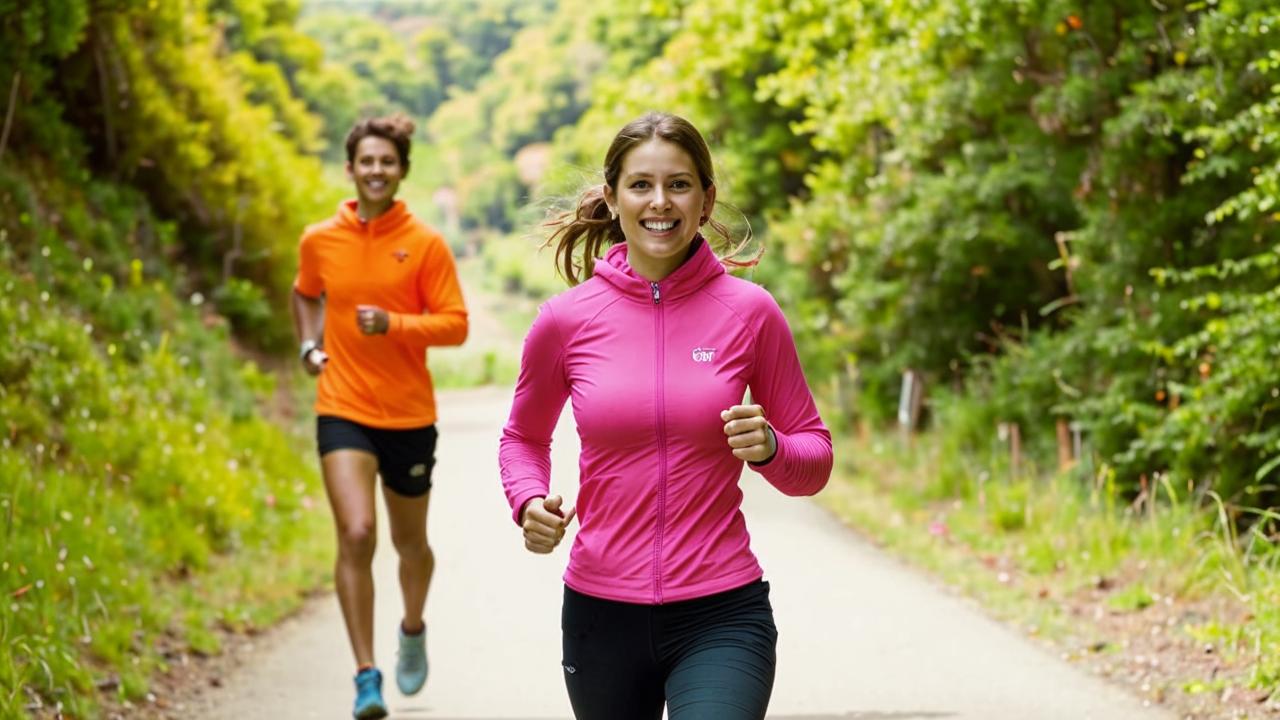
Accessories
Ordinary hats are not suitable for sports – they make your head sweat and get warm. As an alternative for street training it is better to consider a sports bandage that protects your ears. As an option – a baffle – a universal accessory that can cover both the neck and the head. Preference here is also better to give synthetic materials.
To protect the hands, you can look at jackets with long sleeves, which have a hole for the thumb. If you choose a version without such an option, do not forget about gloves.






